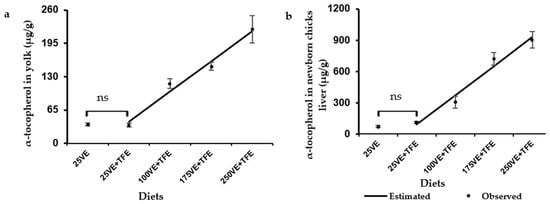Basic and Applied Aspects of Incubation Oriented to the Needs of the Embryos
A topical collection in Poultry (ISSN 2674-1164).
Viewed by 4455Editor
Interests: poultry/avian physiology; incubation physiology; prenatal and perinatal development; critical developmental periods; programming and malprogramming of regulatory systems; long-lasting and transgenerational effects; neuronal hypothalamic plasticity
Topical Collection Information
Dear Colleagues,
The influence of environmental factors during prenatal development on phenotypic diversity across the lifespan is widely recognized, and the phenomena of fetal programming and vegetative imprinting have been studied in several animal species. Even in precocial birds, as all poultry species, environmental factors during incubation can determine the developmental trajectory throughout life.
Therefore, knowledge of embryonic development and organism-environment interactions is essential to optimize the incubation process to improve post-hatching robustness, adaptability, health, and ultimately to ensure primary performance and welfare.
Especially in the hatching period, when the embryos have all the physiological prerequisites to react to environmental influences, environmental stimulation is not only essential for the current development of the embryos, but is also necessary in the long term and thus fulfils an important animal welfare aspect.
Temperature as an important incubation factor has already been investigated in numerous studies in different time windows in the course of incubation (e.g. thermal conditioning, -stimulation, -training), resulting not only in new results but also in new questions as the role of management and the age of the breeder flocks in the success of temperature manipulations during incubation. In the meantime, other factors such as light and the acoustic environment have also become the focus of research.
Hatchery environment, management of embryo development in conjunction with the physiological needs of the embryos become key factors in the poultry production chain. New approaches require new technical solutions and optimizations.
This Topical Collection will be dedicated to new developments in this broad field, both in basic and applied research.
Prof. Dr. Barbara Tzschentke
Collection Editor
Manuscript Submission Information
Manuscripts should be submitted online at www.mdpi.com by registering and logging in to this website. Once you are registered, click here to go to the submission form. Manuscripts can be submitted until the deadline. All submissions that pass pre-check are peer-reviewed. Accepted papers will be published continuously in the journal (as soon as accepted) and will be listed together on the collection website. Research articles, review articles as well as short communications are invited. For planned papers, a title and short abstract (about 100 words) can be sent to the Editorial Office for announcement on this website.
Submitted manuscripts should not have been published previously, nor be under consideration for publication elsewhere (except conference proceedings papers). All manuscripts are thoroughly refereed through a single-blind peer-review process. A guide for authors and other relevant information for submission of manuscripts is available on the Instructions for Authors page. Poultry is an international peer-reviewed open access quarterly journal published by MDPI.
Please visit the Instructions for Authors page before submitting a manuscript. The Article Processing Charge (APC) for publication in this open access journal is 1000 CHF (Swiss Francs). Submitted papers should be well formatted and use good English. Authors may use MDPI's English editing service prior to publication or during author revisions.
Keywords
- embryogenesis
- incubation physiology
- long-lasting effects of incubation management on stress tolerance, immune competence, health, and performance
- incubation temperature, light and acoustic environment
- breeder´s management and incubation success
- animal welfare
- technical issues of incubation
- new development in incubation as on-farm hatching






